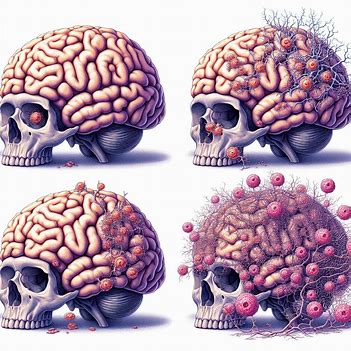Buddhism Reconsidered

There are already a few essays here about Buddhism and/or Zen . My life circumstances conspire to make me take these ideas seriously as a guide for life. So this post is "home" for a few thoughts about using Zen ideas to cope with life. Here is a link to the "Buddhism" category in Perplexity . I'm sorry, but you can't see the dialogue if you don't have a Perpexity.ai subscription. For me, it is packed with information, questions and answers. For quick reference, here is a summary of the 8-fold path of Buddhism. I have difficulty remembering it all: Wisdom (Prajna)Right View (Samma Ditthi) - Understanding the Four Noble Truths and the nature of reality as it is. Right Intention (Samma Sankappo) - Cultivating intentions of renunciation, good will, and harmlessness. Ethical Conduct (Sila)Right Speech (Samma Vaca) - Abstaining from false, harsh, slanderous, and idle speech. Right Action (Samma Kammanto) - Refraining from killing, stealing, and sexual...




